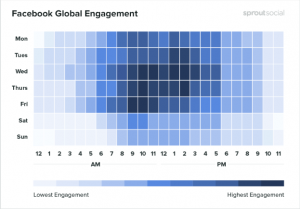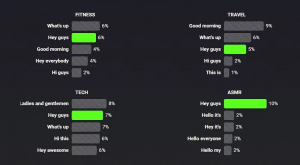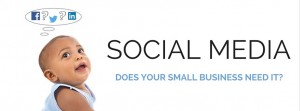The digital age has revolutionized marketing, increasing its complexity as well as creating the opportunity to dramatically improve customer experiences. As consumers, we live in an always-on and always-available world and we have come to expect our favorite brands to be one click or swipe away. As a consequence, the rapid advancements in technology that enable this always-on connectivity have made it so that marketing as a discipline is now inextricably tied to tech—a transformation that both challenges and empowers marketers like never before.
Brands are starting to realize the insights and power that technology can bring to their marketing initiatives and, in order to remain competitive, it is now critical to use digital insights to power optimized customer interactions.
Because of this, the marketing technology landscape is exploding. Scott Brinker’s 2015 Marketing Tech Infographic lists 1,876 vendors represented across 43 categories—nearly double the number of vendors that qualified in 2014 and not even an exhaustive representation. And it seems this trend will only continue: Foundation Capital partner Ashu Garg recently predicted that the $ 12 billion CMOs are currently investing in software and technology will climb to $ 120 billion by 2025, and Gartner’s CMO Spend 2015 Report predicted that digital marketing budgets would increase by 8 percent in 2015. In fact, 68 percent of organizations surveyed for this report had a separate digital marketing budget that averaged a quarter of the total marketing budget.
Today, staying on the cutting edge of marketing technology requires honing in on the ability to identify, understand, and interact with customers on an individual level. Marketing outcomes and the key performance indicators that create competitive advantage are directly impacted by the accuracy with which brands recognize and can engage their individual consumers. In the midst of the continuous stream of data sources available to marketers today, it is critical to be able to separate the right data from the big data. This all starts with the creation of a comprehensive user profile.
Customer Profiles
Consumers are constantly creating more data. Humanity produces 2.5 quintillion bytes of data every day. Clicking, searching, swiping, tweeting, and many other actions provide information in real-time about interests and intent. It is now on the marketer to capture and analyze these contextual cues in a profile in order to make better decisions on when, how, and with what message to engage with the customer.
These profiles can be either known (the brand has a name, e-mail address, phone number), or anonymous (the profile lacks identity details). I’ve heard brands say that they can’t market to an anonymous audience – even though that’s the bulk of traffic to their digital properties. This could not be further from the truth. Use behavioral cues and derived intent to tailor the experience accordingly, without a name required, and disavow yourself from the idea that PII (personally identifiable information) is required for individualization.
Intelligent Decisioning
Another notion that marketers must abandon is outdated testing methods. While it is critical to test how experiences perform, many marketers are still relying on A/B or multivariate testing for this. Don’t wait for a test to run before optimizing. By reacting faster and optimizing the customer experience in real-time based on the insights gained from each visitor, marketers can avoid wasting time and precious conversions in the testing phase and immediately start guiding visitors in the most optimal way. Rich user profiles combined with always-on optimization is your ticket to best-in-class customer engagement.
Programmed Interactions
The last step is delivering the interaction to the consumer, which needs to be programmed based on a logical sequence and delivered in real time to the user across whichever device they decide to engage with. Having only partial data and limited decisioning capabilities will do little good without the ability to tie all this information together and use it to deliver the most optimal interaction. For example, I was recently retargeted for a product I already had. Rather than a message to sign up for the free service, the company should have targeted me with an upsell.
With a clear and accurate picture of the customer, coupled with thoughtful decisioning, programming of interactions will be relatively simple. However, marketers must ensure that they align the right tools to make this delivery seamless.
This is the future of marketing technology—using it to understand your customers well enough to predict, prepare for, and deliver their next move. When done right, using data to stay one step ahead of customers will enable brands to develop extremely strong customer relationships so that marketers can not only guide the customer to a desired outcome, but foster enough brand loyalty that the customer will keep coming back again and again. Xconomy
(174)
Report Post





